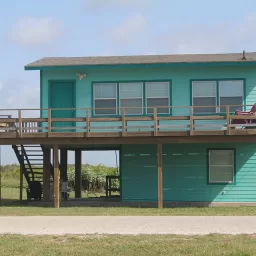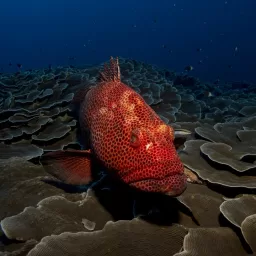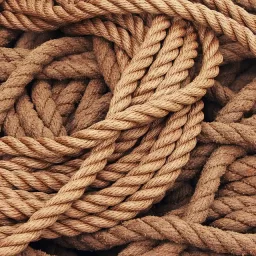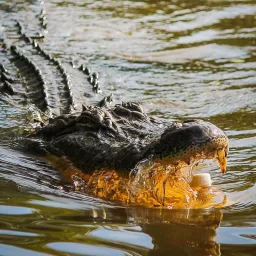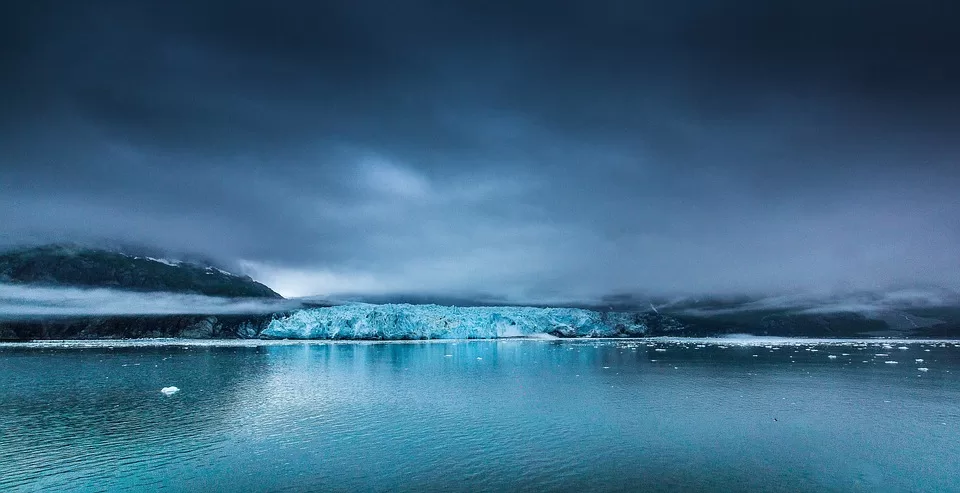
How is Aquamarine Formed?
Aquamarine gemstones belong to the prestigious beryl group of minerals. Beryl crystals are some of the precious gems that occur in nature.
The name -Aquamarine- has its origin in the Latin phrase ‘Water of the sea’. Yes, this pleasing to the eye gem stone has the color of ‘water of the sea’ indeed.
Indigenous rocks facilitate the growth conditions for aquamarine formation. As the pluton got cooled minerals got crystallized to form gemstones like aquamarine. The size of the crystal is a relative to the cooling rate. Big crystals are formed when the rate of cooling is very slow.
These gemstones get formed naturally under specific violent geologic conditions. Formation of naturally occurring aquamarine gemstones dates back to 35 million years ago when the mineral-rich high-pressure magma flowed below into the rock layers of mountain ranges. As it got cooled, the magma fluid got trapped in to cavities of mineral-saturated fluid that got heated to a very high 1,112° F. Minerals including aquamarines and other gemstones crystallized of these fluid pockets. Over millions of years the pressure and temperature variations caused erosion, uplift and displacement that all resulted in crystals, minerals and gems.
Aquamarine, a precious earthly gem is found in naturally occurring geological formations. These crystal formations are popularly termed pegmatite. Generally large crystals form in open vugs called pockets. These are commonly associated with crystals of feldspar, muscovite and quartz.
These gems also occur in cavities in granites and greisens. During the cooling stages of emplacement, granite rocks got displaced and eroded to form hydrothermal carbonate veins that host aquamarine in large quantities.
This clear and transparent gemstone often occurs together with well known pegmatite accessory minerals like garnet, biotite, topaz and phenakite.
Chemically stating aquamarine is a beryllium aluminium silicate mineral. It has Mohs hardness ranging from 7.5 to 8 with a specific gravity of about 2.68 to 2.74. Good hardness and good specific gravity, the prominent properties of this gem makes it available in alluvial deposits as well.
Aquamarines are largely found in Brazil, Zimbabwe, Namibia, South Africa, and United States are some other places where it is present in large quantities. In India dark blue aquamarines have been mined.
It is quite common that aquamarine roughs are available in huge masses in nature. Roughs as large as 110kilograms have been discovered at some mines. Enormous quantity of gems weighing around 2000 carats have been cut from crystal formations that occur in nature.
The pale green to pleasant blue shades of aquamarine is caused by the iron present in its crystalline structure. The trace amounts of iron present in this beautiful gemstone give them their beautiful color that ranges from pastel blue to bluish green.
This gem usually occurs in very large crystals that are shaped in perfect hexagons. Bi-color aquamarines are also naturally present together with other beryl minerals like morganite. Naturally occurring aquamarine rough are usually flawless devoid of any inclusions and are not very expensive.
blue host
#Aquamarine #Formed
Will be pleased to have you visit my pages on social networking .
Facebook page here.
Twitter account is here.
Linkedin account here
Post byBedewy for info askme VISIT GAHZLY



